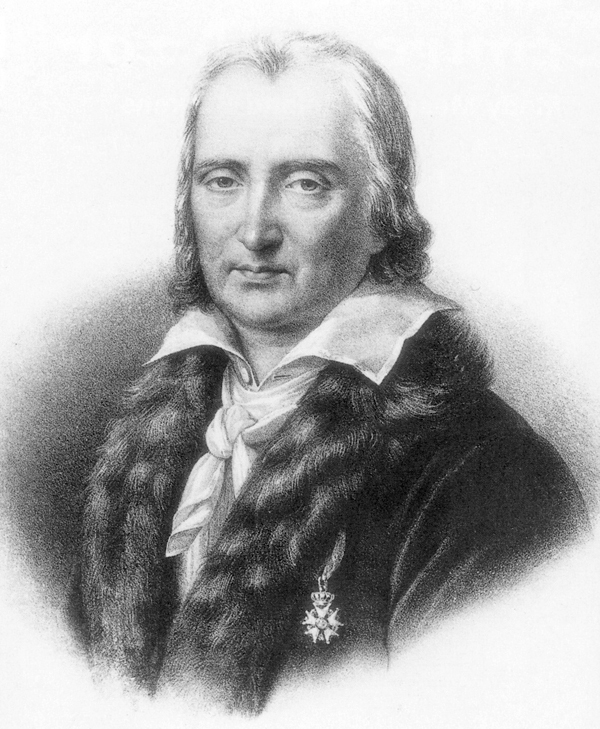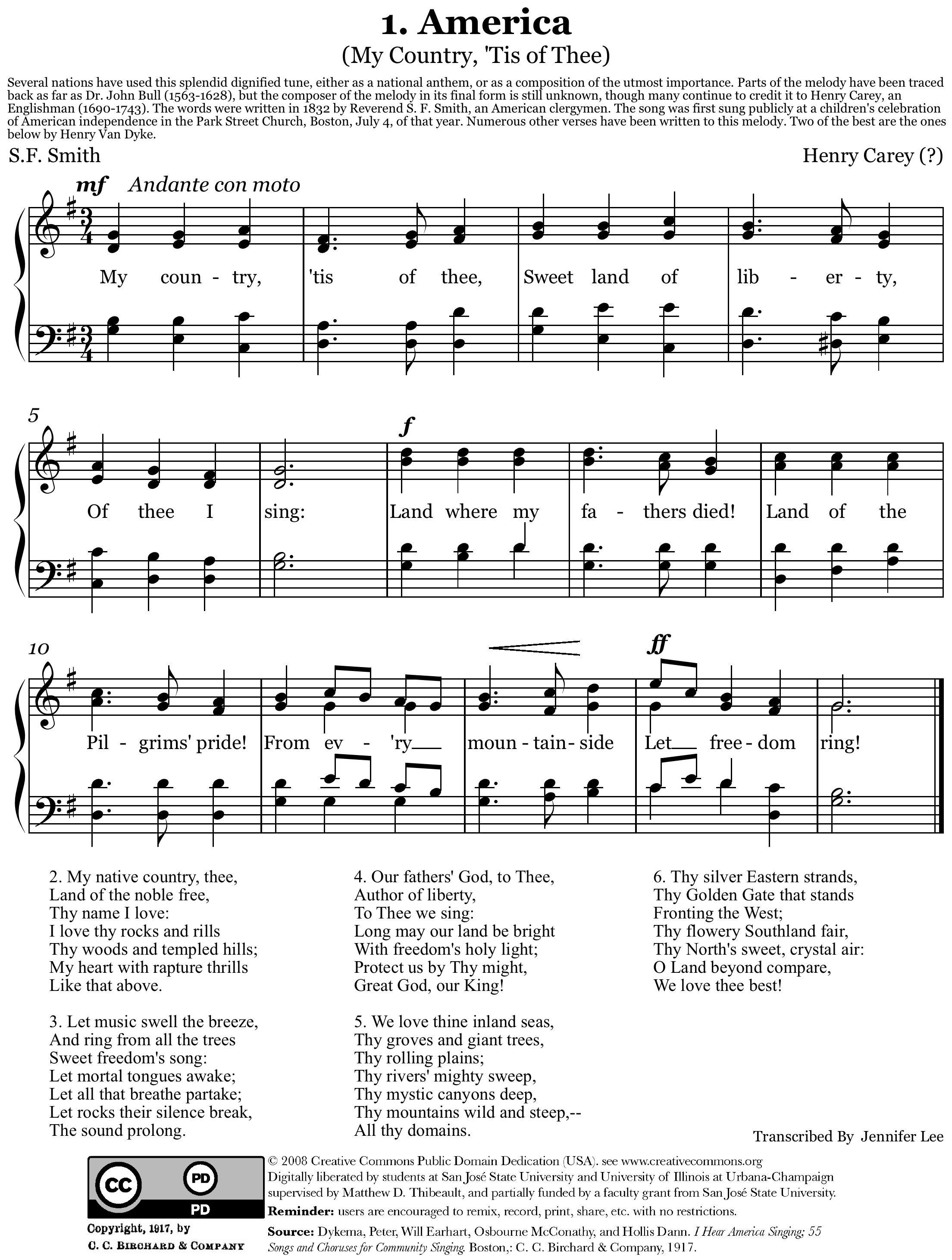|
Arban Method
The Arban Method, titled with some variation over the years as Arban's World Renowned Method for the Cornet and Arban's Complete Celebrated Method for the Cornet (french: La grande méthode complète de cornet à piston et de saxhorn par Arban), is a complete pedagogical method for students of trumpet, cornet, and other brass instruments. The original edition was published by Jean-Baptiste Arban sometime before 1859 and has been reissued by multiple publishers, with notable revisions made by T.H. Rollinson published in 1879 by J.W. Pepper, Edwin Franko Goldman published in 1893 by Carl Fischer, and Claude Gordon published in 1982 also by Carl Fischer. It contains hundreds of exercises ranging from basic to advanced compositions, with later editions also including a selection of popular themes as solos and duets by various composers, and several original compositions by Arban including his famous arrangement of '' Carnival of Venice''. Structure Introduction In the Introduc ... [...More Info...] [...Related Items...] OR: [Wikipedia] [Google] [Baidu] |
Jean-Baptiste Arban
Joseph Jean-Baptiste Laurent Arban (28 February 1825 – 8 April 1889) was a cornetist, conductor, composer, pedagogue and the first famed virtuoso of the '' cornet à piston'' or valved cornet. He was influenced by Niccolò Paganini's virtuosic technique on the violin and successfully proved that the cornet was a true solo instrument by developing virtuoso technique on the instrument. Life Arban was born in Lyon, France, one of ten children of Simon Arban, artificier. An older brother was the balloonist Francisque Arban. He studied trumpet with François Dauverné at the Paris Conservatoire from 1841 to 1845. After graduating from the Conservatory with honors, Arban began to master the cornet. He was appointed professor of saxhorn at the École Militaire in 1857, and became professor of cornet at the Conservatoire in 1869, where Merri Franquin was among his students. In 1864, he published his influential '' Grande méthode complète pour cornet à pistons et de saxhorn'' ... [...More Info...] [...Related Items...] OR: [Wikipedia] [Google] [Baidu] |
Dmitry Bortniansky
Dmitry Stepanovich Bortniansky ; ; alternative transcriptions of names are ''Dmitri Bortnianskii'', and ''Bortnyansky'', group=n (28 October 1751 – ) was a Russian Imperial composer of Ukrainian Cossack origin. He was a composer, harpsichordist and conductor who served at the court of Catherine the Great. Bortniansky was critical to the musical history of both Ukraine and Russia, with both nations claiming him as their own. Bortniansky, who has been compared to Palestrina, is known today for his liturgical works and prolific contributions to the genre of choral concertos. He was one of the "Golden Three" of his era, alongside Artemy Vedel and Maxim Berezovsky. Bortniansky was so popular in the Russian Empire that his figure was represented in 1862 in the bronze monument of the Millennium of Russia in the Novgorod Kremlin. He composed in many different musical styles, including choral compositions in French, Italian, Latin, German and Church Slavonic. Biography Student Dm ... [...More Info...] [...Related Items...] OR: [Wikipedia] [Google] [Baidu] |
Jacques De Gouy
Jacques de Gouy (c. 1610 – after 1650) was a French Baroque composer of Dutch ancestry. He was acquainted with composers in Parisian music circles of the early 17th century such as Étienne Moulinié and Michel Lambert. Works In his writings, de Gouy mentions having composed motets and '' airs,'' yet all of his published work is lost, save his ''Airs à quatre parties sur la Paraphrase des pseaumes de Godeau'' (1650), a setting of Antoine Godeau's ''Paraphrases'', including a long and informative preface. De Gouy only published the first 50 of the 150 psalms, because the work was received as too academic. De Gouy promoted Jean Le Maire's new system of notation, called "la musique almérique", by handing out engraved music scores to concert guests attending the premiere of ''Estrennes pour Messieurs et Dames du Concert de la Musique Almérique, presentée par M. Goüy premier professeur en icelle: en l'année 1642'', a chanson in four parts specifically written for that occ ... [...More Info...] [...Related Items...] OR: [Wikipedia] [Google] [Baidu] |
Étienne Méhul
Étienne Nicolas Méhul (; 16 November 1765 ~ 24 December 1817) was a French composer of the classical period. He was known as "the most important opera composer in France during the Revolution". He was also the first composer to be called a " Romantic". He is known particularly for his operas, written in keeping with the reforms introduced by Christoph Willibald Gluck and Wolfgang Amadeus Mozart. Life Méhul was born at Givet in Ardennes to Jean-François Méhul, a wine merchant, and his wife Marie-Cécile (née Keuly). His first music lessons came from a blind local organist. When he showed promise, he was sent to study with a German musician and organist, , at the monastery of Lavaldieu, a few miles from Givet. Here Méhul developed his lifelong love of flowers. In 1778 or 1779 he went to Paris and began to study with Jean-Frédéric Edelmann, a harpsichord player and friend of Méhul's idol Christoph Willibald Gluck. Méhul's first published composition was a book of pia ... [...More Info...] [...Related Items...] OR: [Wikipedia] [Google] [Baidu] |
Joseph (opera)
''Joseph'' (also known as ) is an opéra comique in three acts by the French composer Étienne Méhul. The libretto, by Alexandre Duval, is based on the Biblical story of Joseph and his brothers. The work was first performed by the Opéra-Comique in Paris on 17 February 1807 at the Théâtre Feydeau. It mixes musical numbers with spoken dialogue and is described in both the libretto and the printed announcement for the opening night as a , although the Méhul scholar Elizabeth Bartlet catalogues it as an . Background Méhul probably met Duval, an ex-soldier and actor, at the salon of Sophie Gay and suggested composing an opera on the Biblical story of Joseph (). In writing ''Joseph'', Méhul and his librettist may have been trying to exploit the contemporary vogue for operas on religious themes and the French fascination for Egypt after Napoleon's expedition to the country in 1798. Duval was directly inspired by Pierre Baour-Lormian's verse tragedy , which had appeared in Se ... [...More Info...] [...Related Items...] OR: [Wikipedia] [Google] [Baidu] |
Ludwig Van Beethoven
Ludwig van Beethoven (baptised 17 December 177026 March 1827) was a German composer and pianist. Beethoven remains one of the most admired composers in the history of Western music; his works rank amongst the most performed of the classical music repertoire and span the transition from the Classical period to the Romantic era in classical music. His career has conventionally been divided into early, middle, and late periods. His early period, during which he forged his craft, is typically considered to have lasted until 1802. From 1802 to around 1812, his middle period showed an individual development from the styles of Joseph Haydn and Wolfgang Amadeus Mozart, and is sometimes characterized as heroic. During this time, he began to grow increasingly deaf. In his late period, from 1812 to 1827, he extended his innovations in musical form and expression. Beethoven was born in Bonn. His musical talent was obvious at an early age. He was initially harshly and intensively t ... [...More Info...] [...Related Items...] OR: [Wikipedia] [Google] [Baidu] |
Christmas Carol
A Christmas carol is a carol (a song or hymn) on the theme of Christmas, traditionally sung at Christmas itself or during the surrounding Christmas holiday season. The term noel has sometimes been used, especially for carols of French origin. Christmas carols may be regarded as a subset of the broader category of Christmas music. History The first known Christmas hymns may be traced to 4th-century Rome. Latin hymns such as Veni redemptor gentium, written by Ambrose, Archbishop of Milan, were austere statements of the theological doctrine of the Incarnation in opposition to Arianism. Corde natus ex Parentis ('' Of the Father's heart begotten'') by the Spanish poet Prudentius (d. 413) is still sung in some churches today. In the 9th and 10th centuries, the Christmas sequence (or prose) was introduced in Northern European monasteries, developing under Bernard of Clairvaux into a sequence of rhymed stanzas. In the 12th century the Parisian monk Adam of Saint Victor be ... [...More Info...] [...Related Items...] OR: [Wikipedia] [Google] [Baidu] |
André Grétry
André Ernest Modeste Grétry (; baptised 11 February 1741; died 24 September 1813) was a composer from the Prince-Bishopric of Liège (present-day Belgium), who worked from 1767 onwards in France and took French nationality. He is most famous for his '' opéras comiques''. Biography He was born at Liège, his father being a poor musician. He was a choirboy at the church of St. Denis (Liège). In 1753 he became a pupil of Jean-Pantaléon Leclerc and later of the organist at St-Pierre de Liège, Nicolas Rennekin, for keyboard and composition and of Henri Moreau, music master at the collegiate church of St. Paul. But of greater importance was the practical tuition he received by attending the performance of an Italian opera company. Here he heard the operas of Baldassarre Galuppi, Giovanni Battista Pergolesi, and other masters; and the desire of completing his own studies in Italy was the immediate result. To find the necessary means he composed in 1759 a mass which he ded ... [...More Info...] [...Related Items...] OR: [Wikipedia] [Google] [Baidu] |
Wolfgang Amadeus Mozart
Wolfgang Amadeus Mozart (27 January 17565 December 1791), baptised as Joannes Chrysostomus Wolfgangus Theophilus Mozart, was a prolific and influential composer of the Classical period. Despite his short life, his rapid pace of composition resulted in more than 800 works of virtually every genre of his time. Many of these compositions are acknowledged as pinnacles of the symphonic, concertante, chamber, operatic, and choral repertoire. Mozart is widely regarded as among the greatest composers in the history of Western music, with his music admired for its "melodic beauty, its formal elegance and its richness of harmony and texture". Born in Salzburg, in the Holy Roman Empire, Mozart showed prodigious ability from his earliest childhood. Already competent on keyboard and violin, he composed from the age of five and performed before European royalty. His father took him on a grand tour of Europe and then three trips to Italy. At 17, he was a musician at the Salzburg court ... [...More Info...] [...Related Items...] OR: [Wikipedia] [Google] [Baidu] |
America (My Country, 'Tis Of Thee)
"America (My Country, 'Tis of Thee)" is an American patriotic song, the lyrics of which were written by Samuel Francis Smith. The song served as one of the ''de facto'' national anthems of the United States (along with songs like "Hail, Columbia") before the adoption of "The Star-Spangled Banner" as the official U.S. national anthem in 1931. The melody used is the same as that of the national anthem of the United Kingdom, "God Save the King". History Samuel Francis Smith wrote the lyrics to "America" in 1831 while a student at the Andover Theological Seminary in Andover, Massachusetts. The use of the same melody as the British royal anthem can be described as a contrafactum which reworks this symbol of British monarchy to make a statement about American democracy. Well-known composer Lowell Mason had requested that Smith translate or provide new lyrics for a collection of German songs, among them one written to this melody. Smith gave Mason the lyrics he had written, and the so ... [...More Info...] [...Related Items...] OR: [Wikipedia] [Google] [Baidu] |
God Save The Queen
"God Save the King" is the national and/or royal anthem of the United Kingdom, most of the Commonwealth realms, their territories, and the British Crown Dependencies. The author of the tune is unknown and it may originate in plainchant, but an attribution to the composer John Bull is sometimes made. "God Save the King" is the ''de facto'' national anthem of the United Kingdom and one of two national anthems used by New Zealand since 1977, as well as for several of the UK's territories that have their own additional local anthem. It is also the royal anthem—played specifically in the presence of the monarch—of the aforementioned countries, in addition to Australia (since 1984), Canada (since 1980), Belize (since 1981), Antigua and Barbuda (since 1981), The Bahamas (since 1973), and most other Commonwealth realms. In countries not part of the British Empire, the tune of "God Save the King" has provided the basis for various patriotic songs, though still generally c ... [...More Info...] [...Related Items...] OR: [Wikipedia] [Google] [Baidu] |










